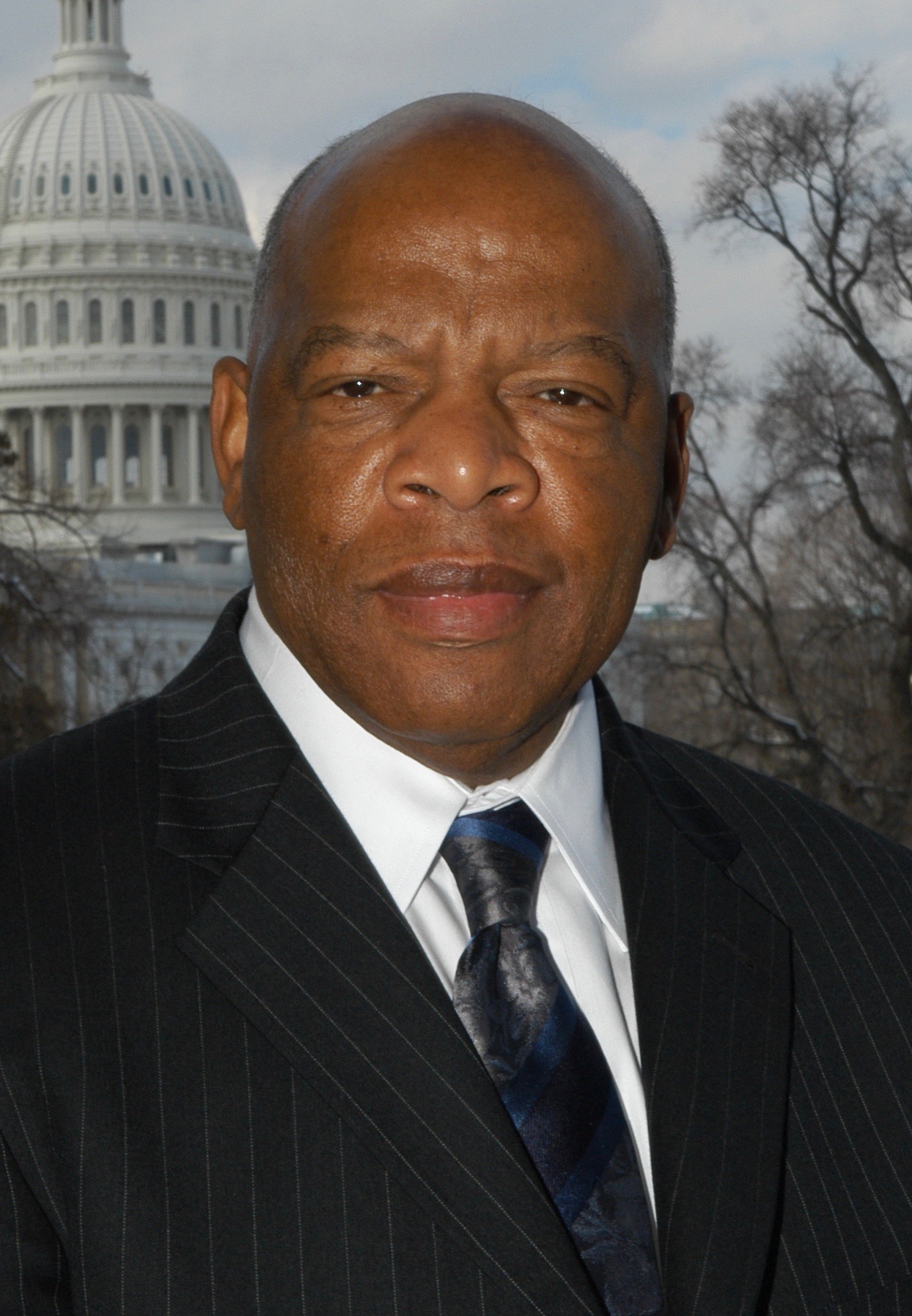Facts about John Lewis
John Lewis Biography
John Lewis was beaten nearly to death in Selma, Alabama while marching for voting rights in 1965, and went on to become one of America’s most prominent civil rights leaders and a member of the U.S. Congress for 33 years.
John Lewis was one of 10 children born to sharecroppers in rural Alabama. Despite humble beginnings, he entered the American Baptist Theological Seminary (later renamed American Baptist College) at age 17, earning his degree in 1961. The same year he entered Fisk University, a historically black school in Nashville, from which he earned a bachelor’s degree in religion and philosophy in 1967.
As a student, Lewis plunged into civil rights activity, including lunch counter sit-ins in Tennessee. In 1961, he became one of the first 13 Freedom Riders, joining other Blacks and whites who simply insisted on sitting together on bus ride from Washington, D.C. to New Orleans. In the South they were attacked by angry mobs, and Lewis spent 40 days locked up in the notorious Mississippi State Penitentiary (known as Parchman Farm).
John Lewis was elected chairman of the Student Nonviolent Coordinating Committee (SNCC) in 1963. In that role he helped organize the 1963 March on Washington, where Martin Luther King, Jr. delivered his famous “I Have a Dream” speech. Lewis was a leader in the civil rights marches from Selma to Montgomery, Alabama in 1965; after leading 600 marchers across the Edmund Pettis Bridge in Selma, Lewis and others were attacked by Alabama State Troopers, who fractured Lewis’s skull. The incident, on March 7, 1965, became known as Bloody Sunday.
Lewis continued work in politics and social justice over the next two decades, including roles as director of the Voter Education Project (1970-77), associate director of ACTION (1977-80) under President Jimmy Carter, and member of the Atlanta City Council (1981-86). He was elected to the U.S. House of Representatives from Georgia’s 5th District in 1986, and remained in that office for almost 17 full terms until his death in 2020. As such he became an elder and figure of endurance for the civil rights movement; Roll Call once called him “a genuine American hero and moral leader,” and The Atlanta Journal-Constitution called him “the conscience of Congress.”
Always outspoken, but also a staunch proponent of nonviolent resistance, John Lewis was arrested more than 40 times during his life. He lived to see Barack Obama become the first Black president of the United States in 2009. Lewis was awarded the Presidential Medal of Freedom in a White House ceremony in 2011.
John Lewis’s autobiography, Walking with the Wind: A Memoir of the Movement, was published in 1998. Later in life he also released a memoir in the form of a graphic novel trilogy, MARCH, with three parts published in 2014, 2015 and 2016.
Extra credit
John Lewis shouldn’t be confused with John L. Lewis, who was born in 1880 and served as president of the United Mine Workers of America from 1920-1960… John Lewis married the former Lillian Miles in 1968; she died in 2012. They had one son, John-Miles, whom they adopted as an infant in 1976… John Lewis announced on December 29, 2019 that he had been diagnosed with advanced pancreatic cancer; he died seven months later… John Lewis interrupted his studies at Fisk University to serve as chairman of the SNCC. According to a memorial post on the university’s website, “At the age of 20 and a recent graduate of American Baptist Theological Seminary, Congressman Lewis enrolled at Fisk University in 1961 to pursue a degree in religion and philosophy. He would prematurely end his studies at Fisk, taking on a more significant role as the National Chairman of the Student Nonviolent Coordinating Committee (SNCC), a position he held until 1965. Congressmen Lewis returned to Fisk and completed his studies earning his A.B. Degree in 1967.”

